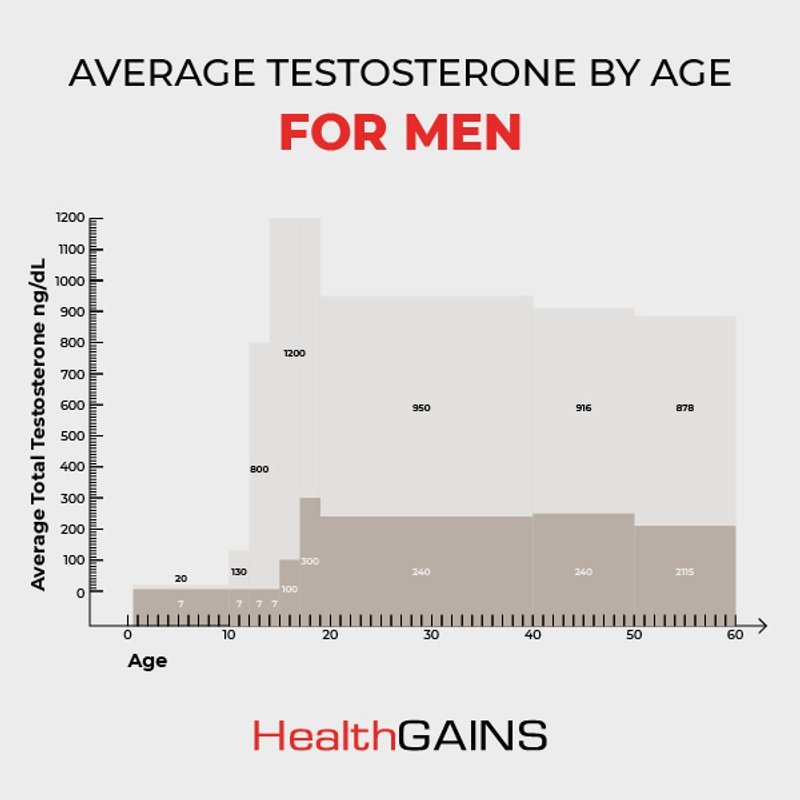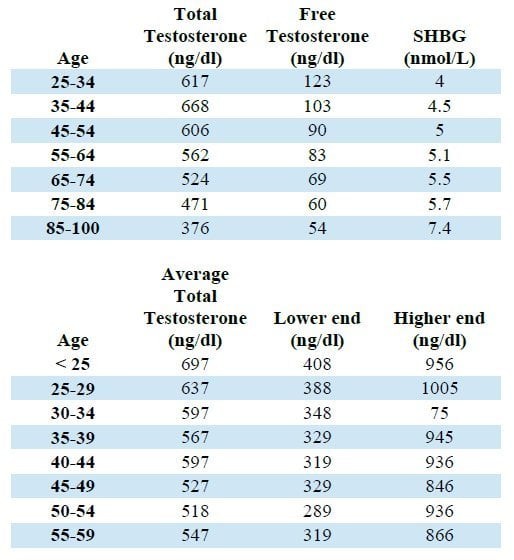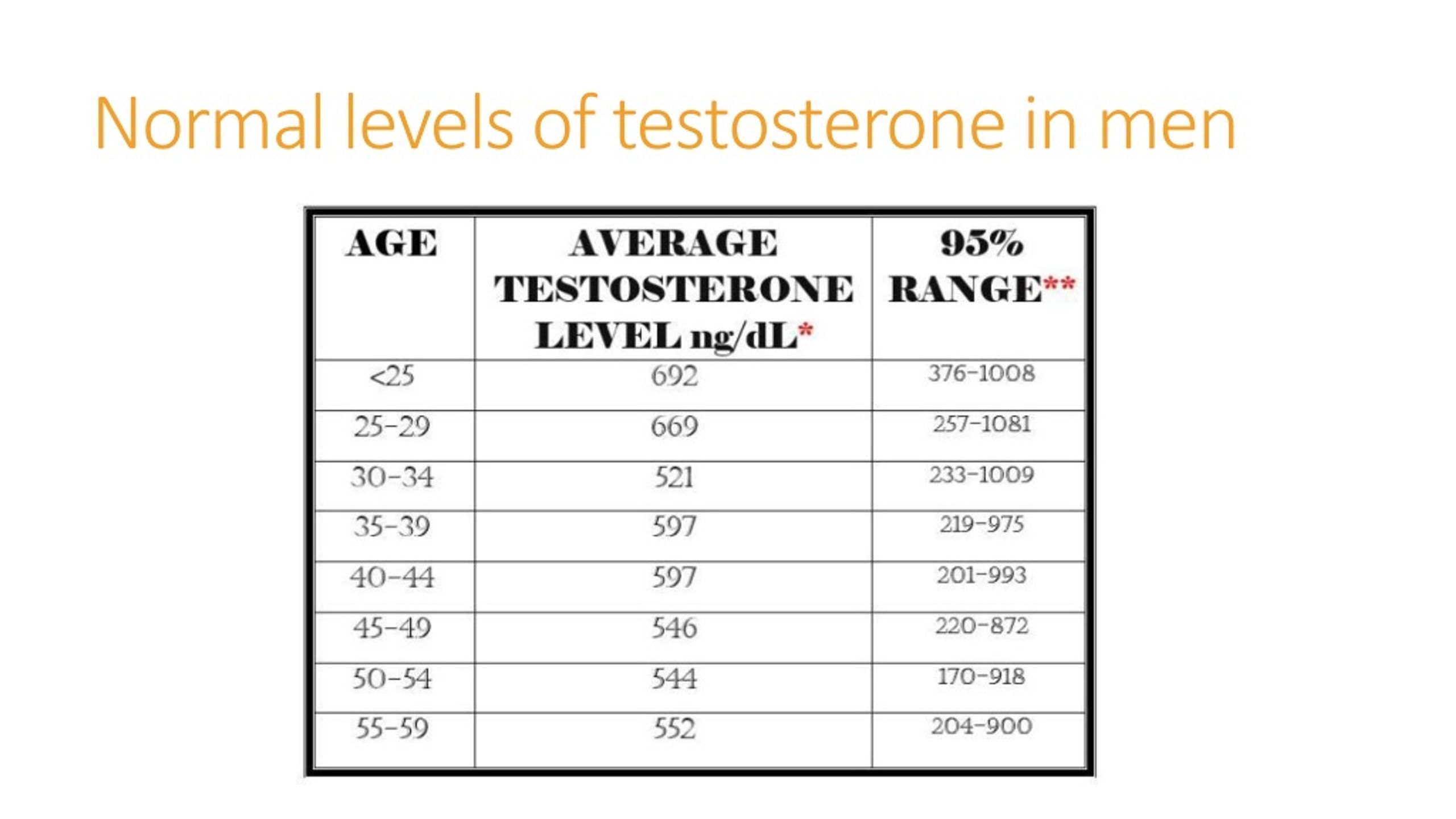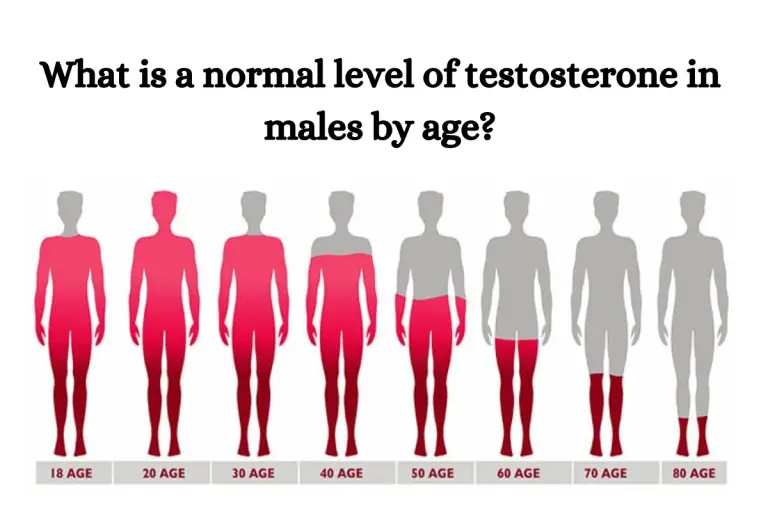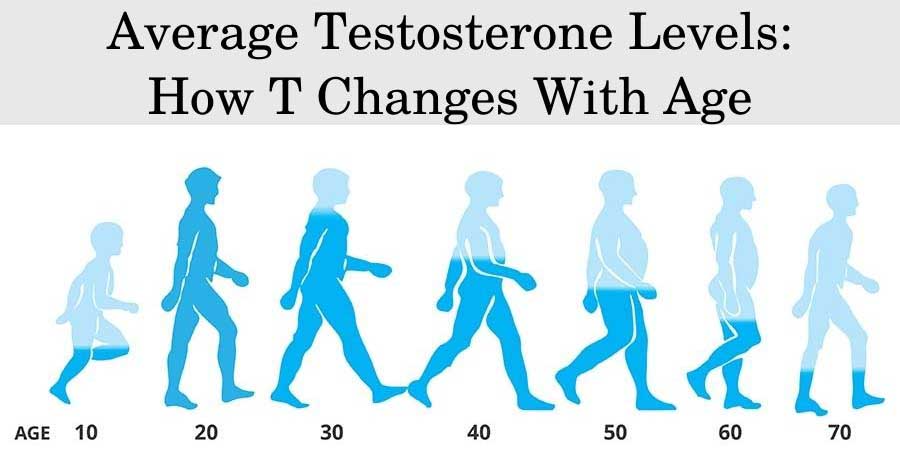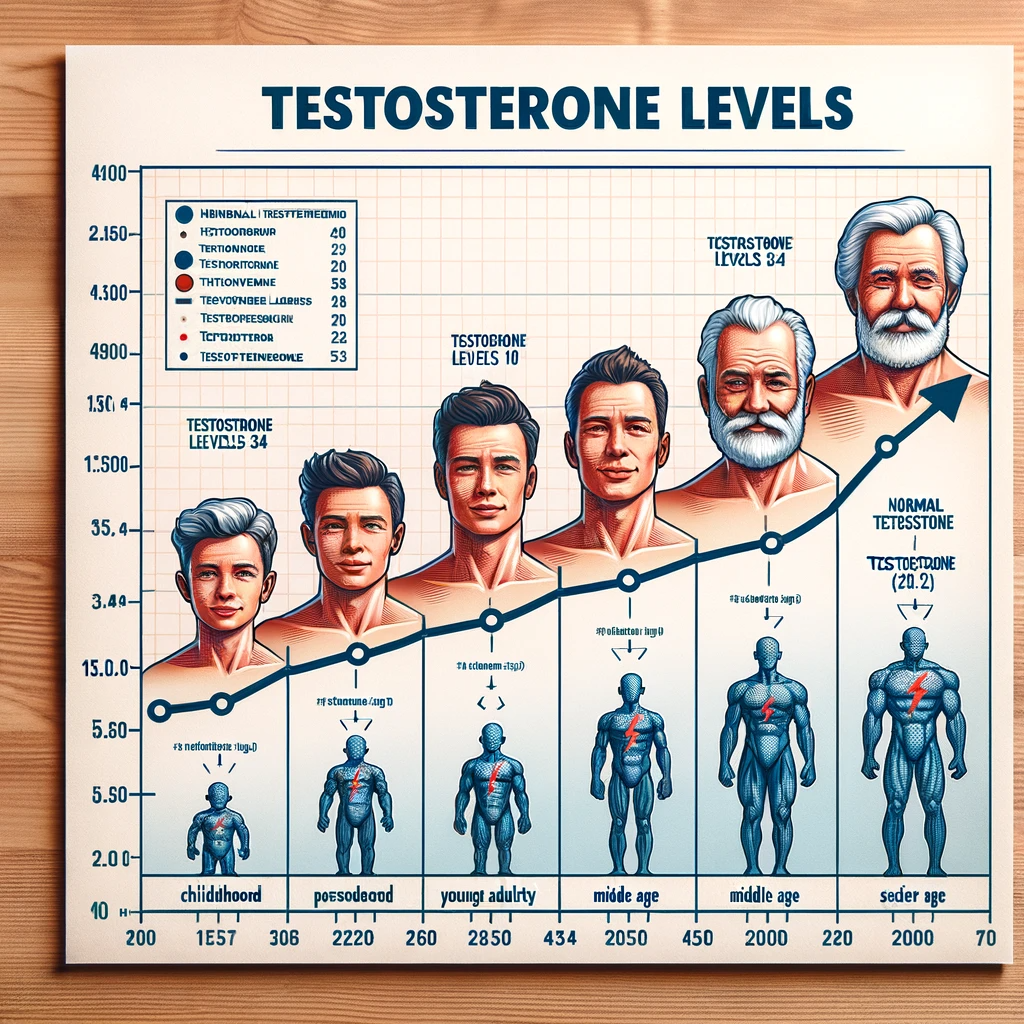Normal Bioavailable Testosterone Levels By Age
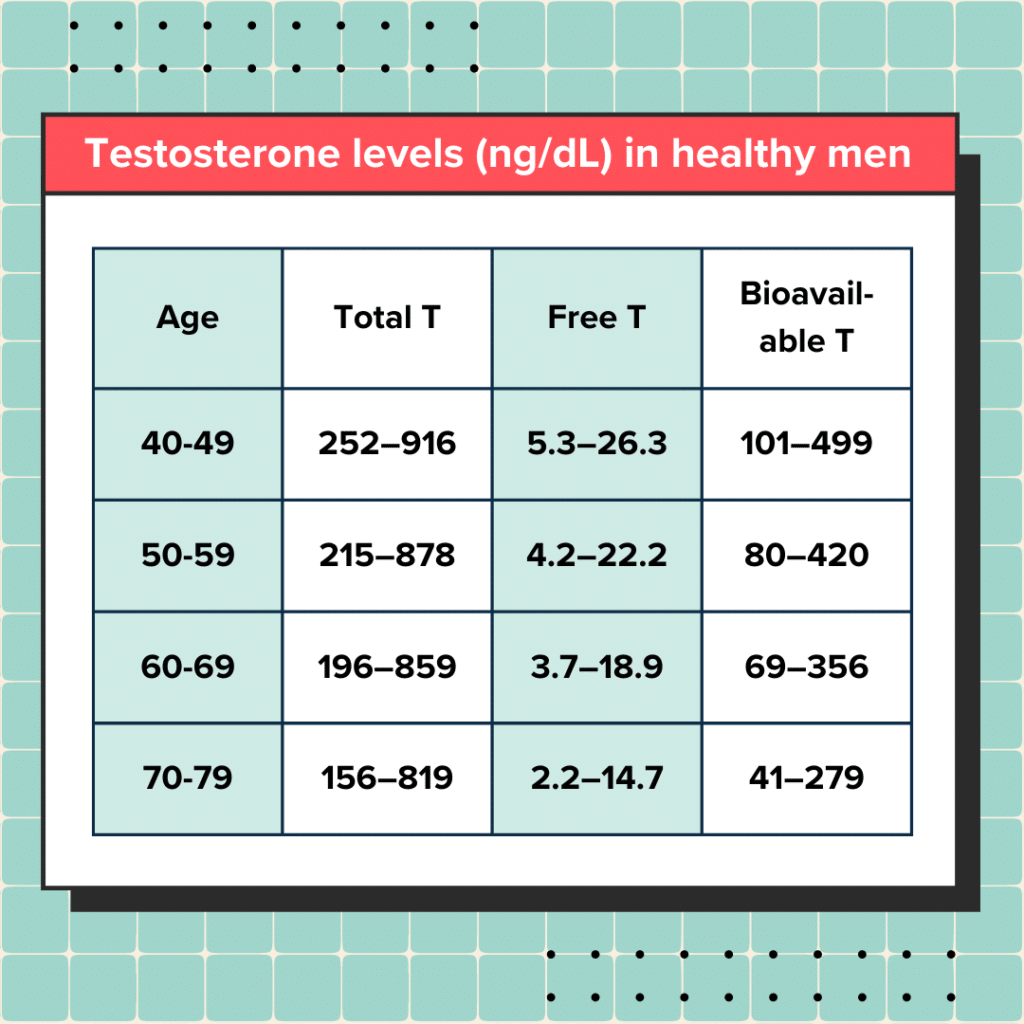
Alarming inconsistencies in reported testosterone levels are leaving men confused and potentially undertreated. New data demands immediate attention to age-specific bioavailable testosterone ranges for accurate diagnosis and treatment.
This report clarifies normal bioavailable testosterone levels across different age groups, aiming to rectify misinformation and ensure men receive appropriate care based on precise, age-adjusted benchmarks. Understanding these levels is critical for diagnosing hypogonadism and other related conditions, directly impacting men's health and well-being. This will prevent men from being misdiagnosed, either over diagnosed or under diagnosed.
Bioavailable vs. Total Testosterone: The Critical Difference
Total testosterone measures all testosterone in the blood, bound and unbound.
Bioavailable testosterone, however, represents the testosterone readily available for the body to use. SHBG, Sex Hormone-Binding Globulin, binds to testosterone and make it unavailable.
Free testosterone is the unbound form, and a more accurate measure of testosterone activity.
Bioavailable testosterone gives a more accurate picture of hormonal status because it excludes testosterone bound to SHBG.
Normal Bioavailable Testosterone Levels by Age: Data Breakdown
The following data represents generally accepted ranges, though individual labs may have slight variations. Always consult with a healthcare professional for personalized interpretation.
Men Aged 19-39
The Endocrine Society suggests a normal total testosterone range of 300-1000 ng/dL for this age group. The bioavailable testosterone range is more telling.
For men in their 20s and 30s, the average bioavailable testosterone should ideally fall between 70-257 ng/dL. Lower levels could indicate potential hypogonadism.
A recent study from the Massachusetts Male Aging Study (MMAS) indicated that a substantial portion of men in this age range experience levels below the optimal threshold.
Men Aged 40-59
Testosterone levels naturally begin to decline around age 40, typically at a rate of about 1% per year.
Bioavailable testosterone in this age group should range between 50-180 ng/dL. Values lower than this can point to clinically significant testosterone deficiency.
Data from the Journal of Clinical Endocrinology & Metabolism highlights the increased prevalence of hypogonadism in this demographic.
Men Aged 60+
Men over 60 often experience a more pronounced decline in testosterone. Monitoring bioavailable testosterone is crucial for managing age-related health issues.
Normal bioavailable testosterone levels typically range between 35-140 ng/dL. Treatment decisions should be based on symptomatic presentation in conjunction with these values.
The Baltimore Longitudinal Study of Aging (BLSA) has extensively documented these age-related changes and their impact on overall health.
Symptoms of Low Bioavailable Testosterone
Recognizing the symptoms of low testosterone is crucial for early detection. This is especially important for men who have other illnesses that can present the same symptoms.
Common symptoms include fatigue, reduced libido, erectile dysfunction, decreased muscle mass, increased body fat, and mood changes such as depression or irritability.
Changes in bone density and cognitive function may also occur in men who have been hypogonadal for a prolonged period.
Testing and Diagnosis: What to Expect
If you suspect low testosterone, consult your healthcare provider for appropriate testing. Testing typically involves a blood draw, ideally performed in the morning when testosterone levels are highest.
Your doctor will likely order a total testosterone test, an SHBG level, and possibly other hormone assessments such as LH (luteinizing hormone) and FSH (follicle-stimulating hormone).
Based on the results, your doctor will calculate your bioavailable testosterone and assess whether treatment is necessary.
Treatment Options: Balancing Benefits and Risks
Testosterone replacement therapy (TRT) is a common treatment for hypogonadism. TRT is available in various forms, including injections, gels, patches, and oral medications.
While TRT can effectively alleviate symptoms of low testosterone, it also carries potential risks such as prostate enlargement, increased red blood cell count, and sleep apnea.
Discuss the benefits and risks thoroughly with your doctor to make an informed decision about treatment.
Moving Forward: Accurate Testing is Paramount
Given the varied ranges and the criticality of accurate diagnosis, men must advocate for bioavailable testosterone testing. It's important for men to understand their health concerns.
Ongoing research and updated guidelines are essential to refine age-specific reference ranges. This is so there is accurate, up to date, treatment options.
Consult your physician immediately if you experience symptoms of low testosterone. Early intervention can greatly improve long-term health outcomes.

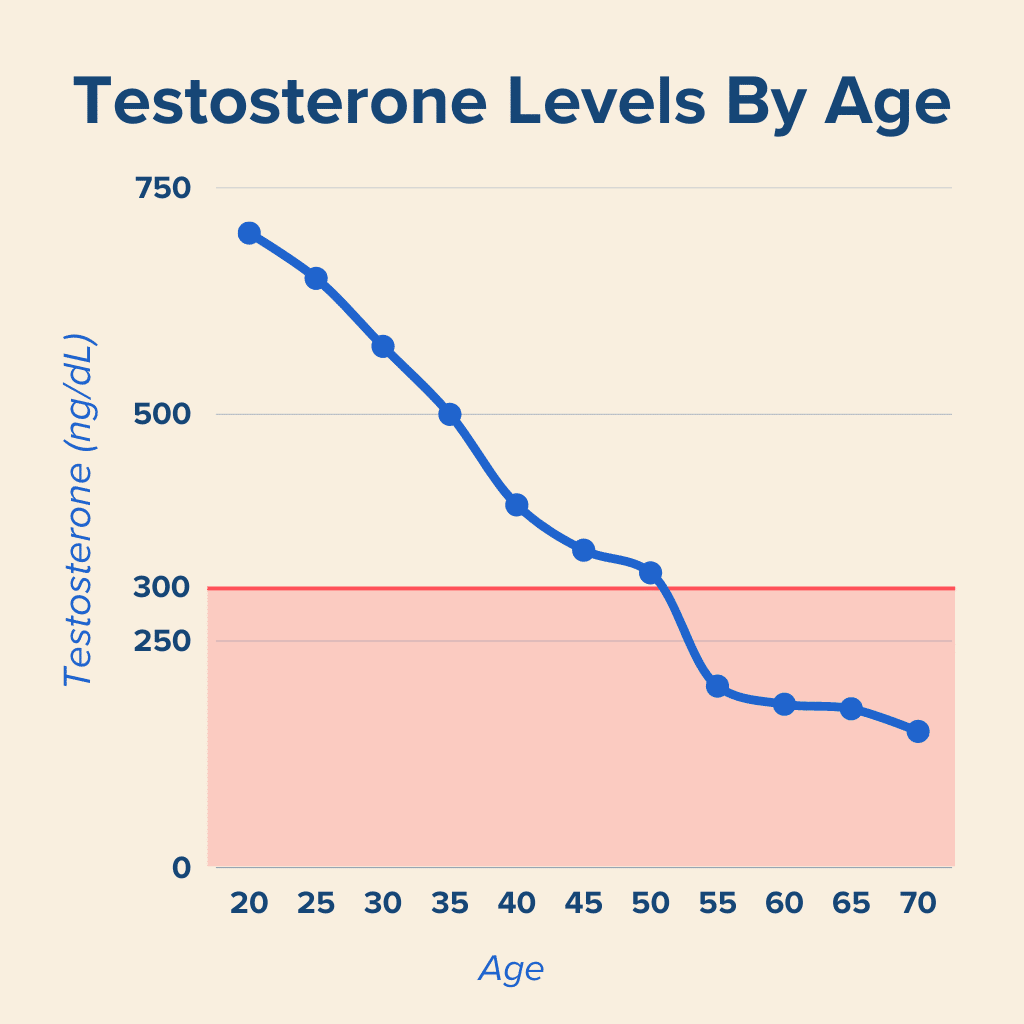
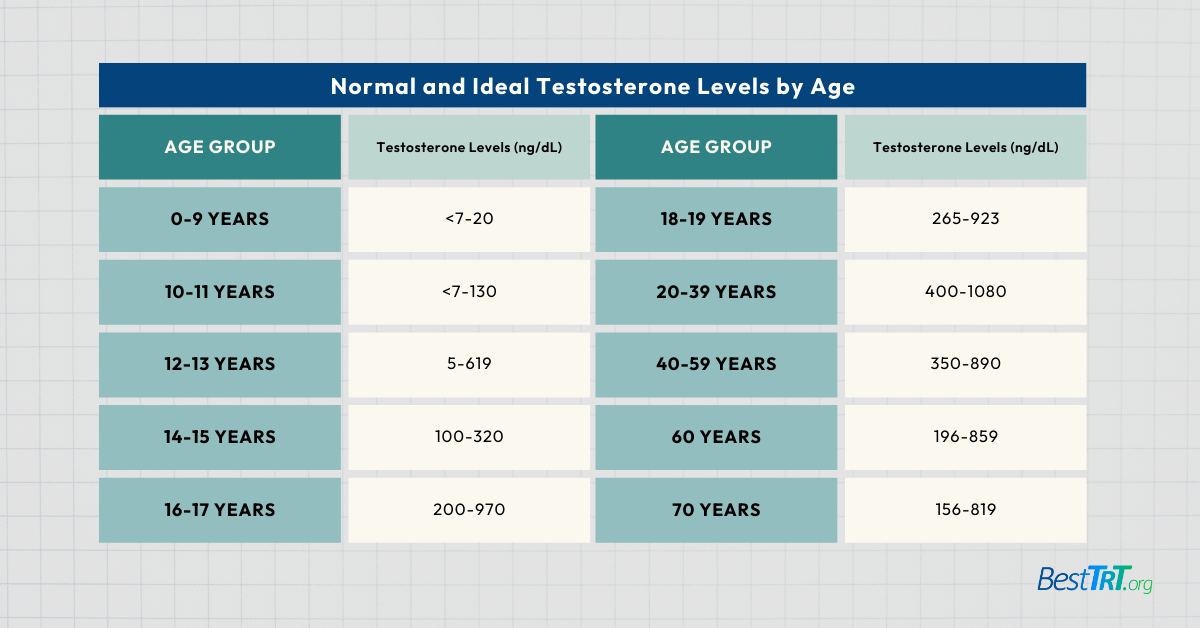

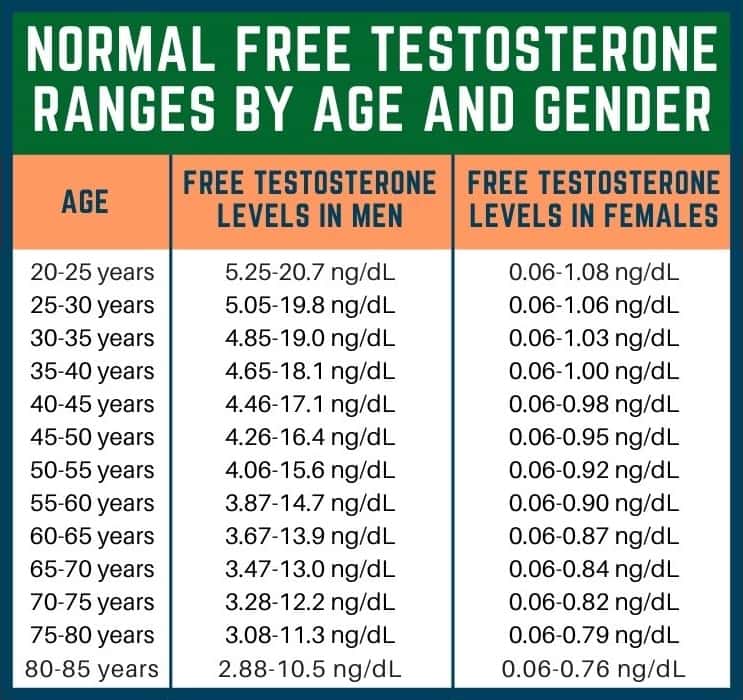

![Normal Bioavailable Testosterone Levels By Age Testosterone Levels In Men By Age [Ultimate Guide] | AndrogenHacker](https://androgenhacker.com/assets/images/average-male-testosterone-level-by-age-chart.webp)

